5 Yoga Poses Perfect for Beginners
If you have never practiced yoga before, it can be intimidating. Here are 5 Yoga Poses Perfect for Beginners
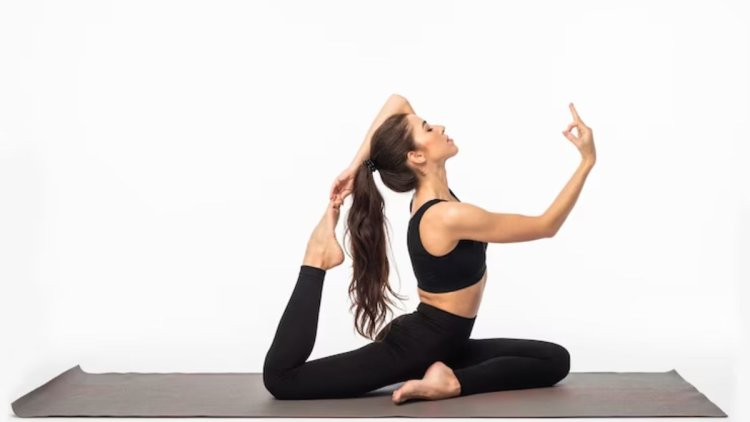
5 Yoga Poses Perfect for Beginners
Overview
If you have never practiced yoga before, it can be intimidating. It is simple to fret about not being flexible enough, in good enough shape, or appearing ridiculous.
Social media-favorite arm-balancing and contortion poses are not the entirety of yoga. It can be simple to begin and then progress to more sophisticated poses.
Here is a sequence that can help you get started with yoga, whether you want to learn some fundamental moves before enrolling in a class, get some advice on where to start with an at-home practice, or learn a few poses to better your flexibility.
This sequence serves as the basis for solar salutations. If you take a Vinayasa or flow class, you will likely practice this fundamental sequence.
Here are 5 Yoga Poses Perfect for Beginners
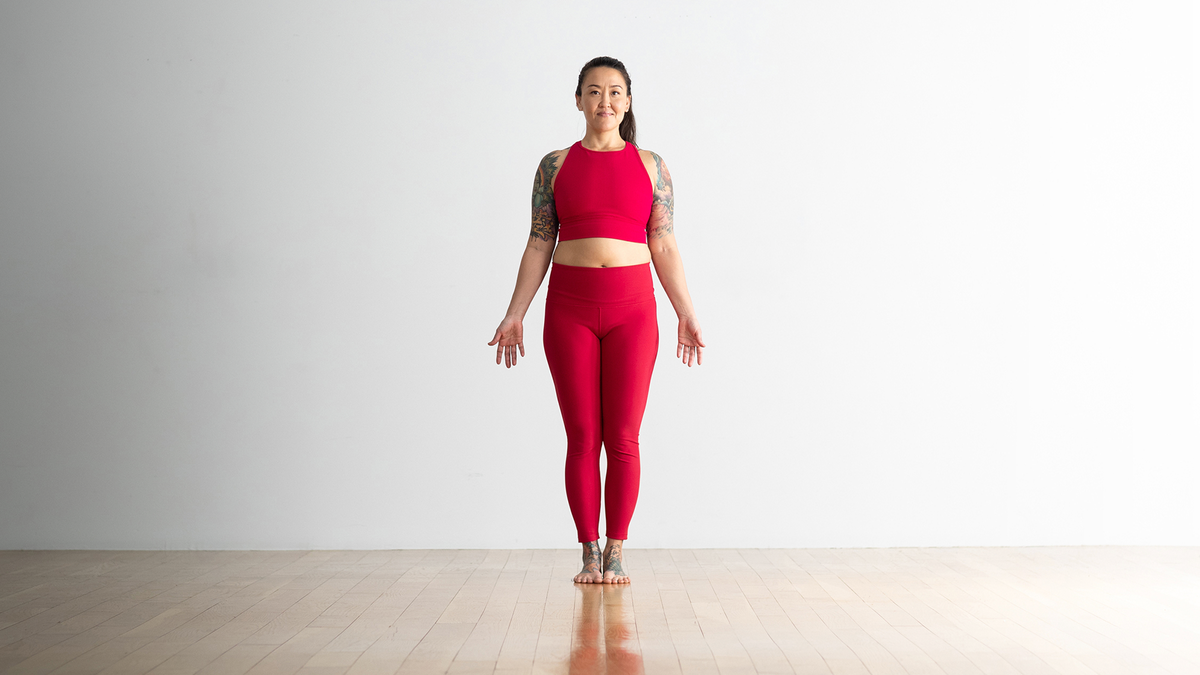
This pose appears simple because it consists primarily of standing. However, it serves as the foundation for all other upright poses and inversions.
If you do this actively, your torso and legs will be engaged, and you will become grounded. This can be excellent for boosting confidence and alleviating anxiety.
- Position your big toes close together and your soles slightly apart. If your second toes are parallel, this is a solid indicator of your posture.
- Apply pressure to all four corners of your feet: the big toe, the little toe, the right heel, and the left heel. Feel how applying pressure to your feet engages your entire leg and keeps those muscles active.
- Take a deep breath and roll your shoulders up and back, releasing them down, so that your shoulder blades rest against one another and your neck is long.
- Take a few deep breaths here. Close your eyes if you like.
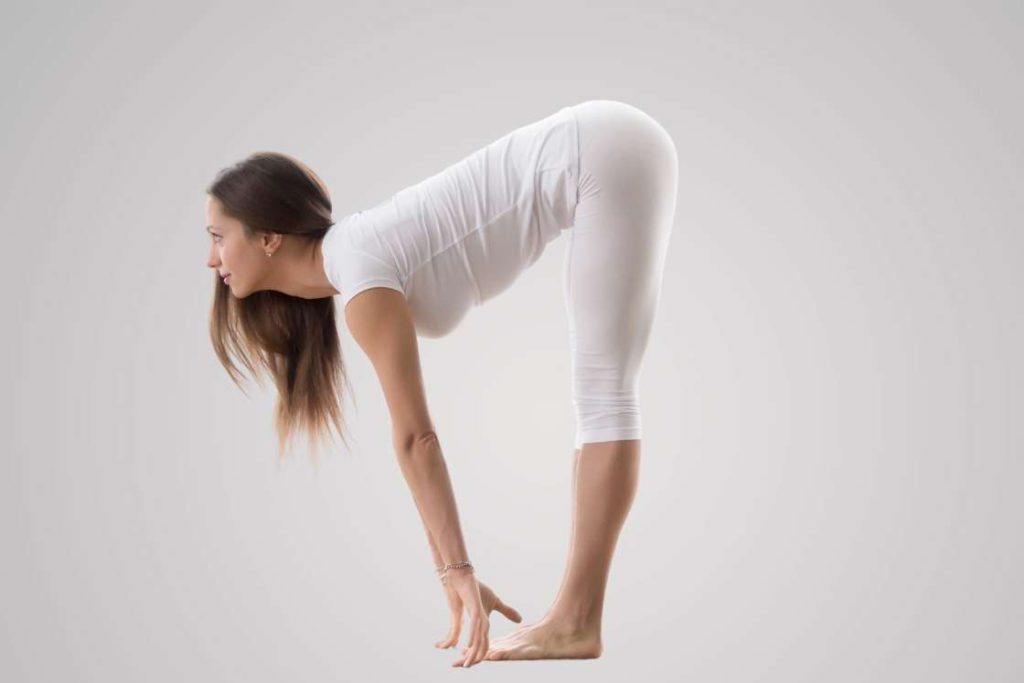
When you’re ready to move on, take a deep breath.
- On your inhale, lift your arms to the sides and up, over your head.
- On your exhale, release your arms (either in front of your body or out to the side, like a swan dive) as you fold your torso over your legs. On the first time through, have at least a slight bend in your knees. No matter how flexible you are, your hamstrings will be cold when starting out, and you’ll want to be gentle with them.
- As you relax into the pose more, begin to straighten your legs as far as feels good. Anything that pinches or is a shooting pain should immediately stop your movement. Let gravity do the work here — don’t pull yourself down and try to force the fold.
- You can put your hands on your shins, your feet, or the floor. This passively lengthens your spine and your hamstrings, and it’s also a great way to work on balance.

This is a very active pose that works all the muscles of your front body.
- From Forward Fold, place your palms level on the floor while bending your knees to the extent necessary. Back up one leg at a time until you achieve a high Plank Pose.
- Press into your palms, maintain parallel and engaged legs, and draw your navel toward your spine.
- Take several long breaths while engaging your core and limbs.
It is simple to slouch excessively and develop "banana back" or rounded shoulders. The best method for a beginner to figure out this pose is to have a companion observe the shape you're creating from the side.
Your upper body, from your palms on the floor to your pelvis, should be relatively straight, with some curves permitted due to your spine's natural curves.
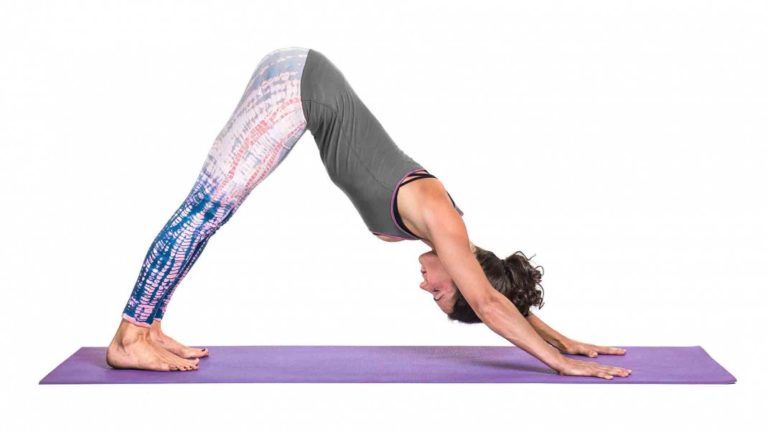
This pose elongates the spine, stretches the muscles of the rear legs, and facilitates digestion. Due to the fact that it is a moderate inversion, it can relieve tension, alleviate headaches, and soothe the nervous system.
- On the inhale, from Plank Pose, press into your palms and raise your pelvis up and back. Keeping your shoulders engaged without overworking them and maintaining a neutral spine can be challenging with this pose.
- Your legs should be erect and your feet should be pointing toward the ground. There will most likely be a gap between your soles and the ground. You may be very flexible, but if your legs are on the longer side, it is unlikely that your heels will reach the floor. That's alright. Maintain active legs with soles pointed toward the earth.
- To limber up your leg muscles prior to assuming this pose for the first time, extend your ankles slightly.
Also read: The vegetarian diet
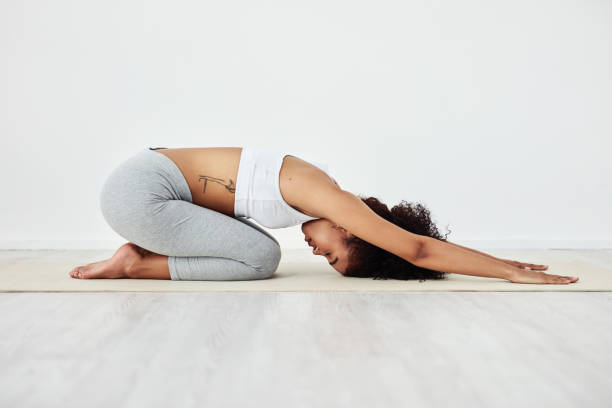
If you want to relax and recalibrate your nervous system in a yoga class, this is the position to assume.
- In Downward-Facing Dog, inhale deeply. Exhaling, lower your knees to the floor, draw your pelvis back to your heels, and rest your cranium on the floor.
- You can either keep your arms extended in front of you or draw them close to your body with the palms of your hands reclining near your feet.
- This is a restorative pose, so modify it accordingly. If you want to slightly broaden your legs, do so. This pose, like all forward folds, is nurturing. It massages the internal organs while relaxing the spine, shoulders, and neck.
Above Yoga Poses Perfect for Beginners, please Try this












